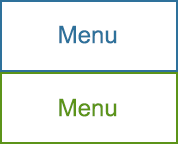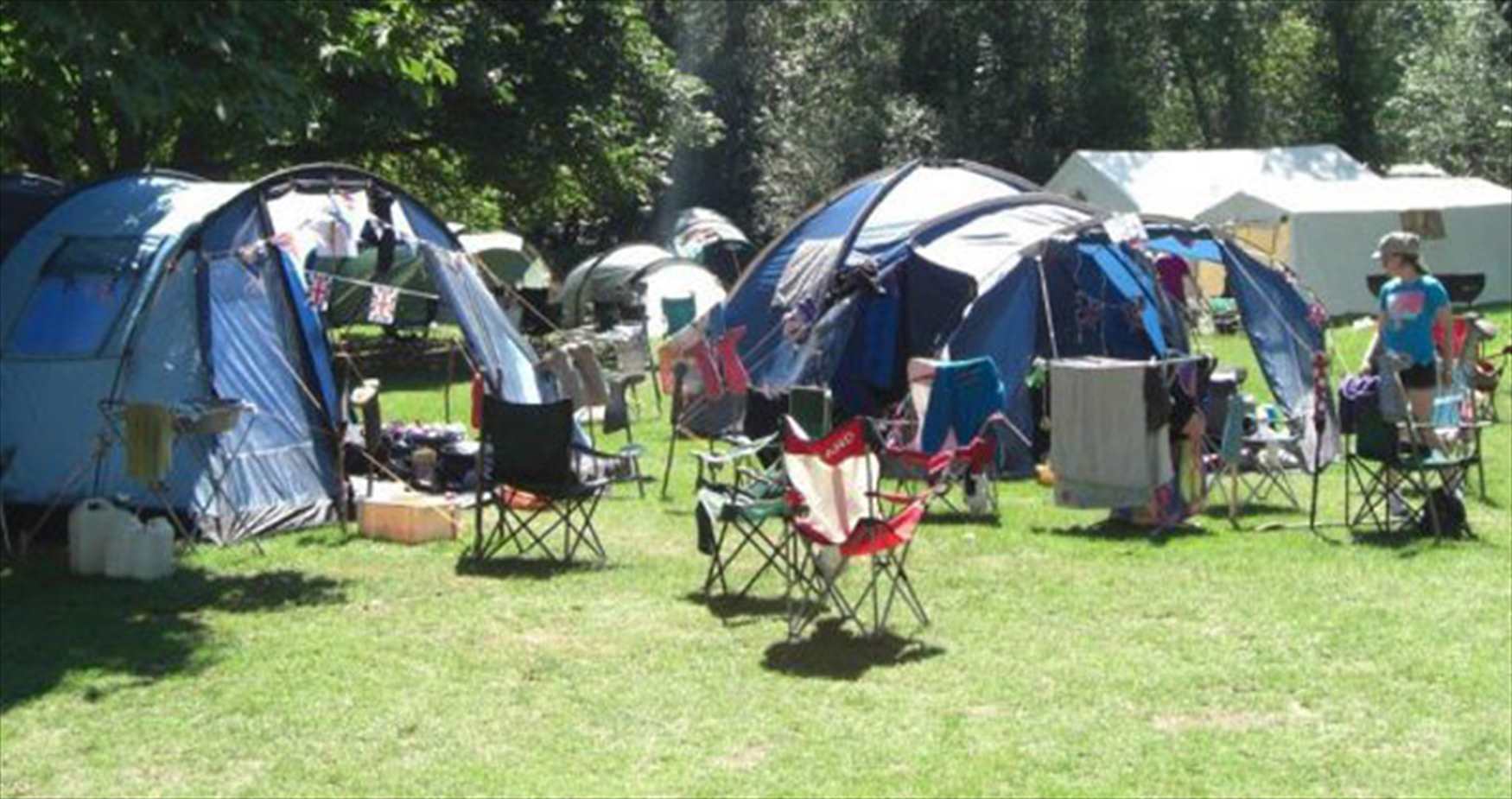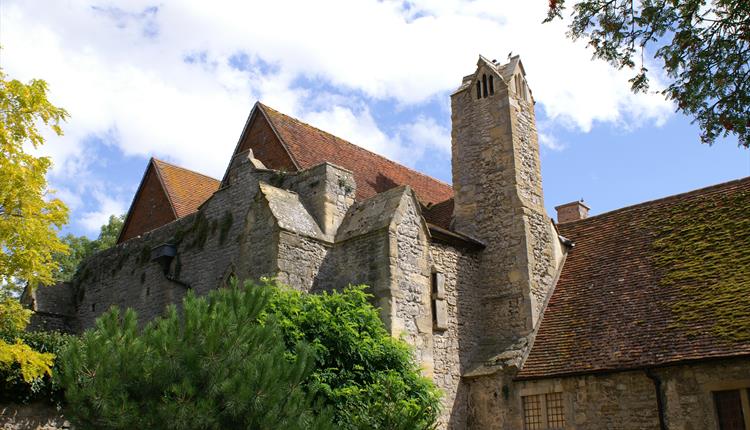About
Abingdon Abbey Buildings are the well-preserved domestic buildings of the Abbey of Abingdon, which was originally founded as a small monastery in the 7th century and eventually became one of the most important and wealthy abbeys in England during the Middle Ages. The Great Abbey Church of St Mary and the other ecclesiastical buildings were demolished in 1538 during the Dissolution of the Monasteries. Unusually, the domestic buildings survived as they had a commercial value. The buildings had various uses in subsequent centuries ranging from corn mills to a brewery to slum dwellings. In 1944 they were scheduled for demolition, but a charity, the Friends of Abingdon, was formed to save them from the wrecking ball and to repair and restore them as much as possible. The results can be seen in today’s Abingdon Abbey Buildings.
The existing Buildings comprise the Checker Hall (now the Unicorn Theatre), the East and West Checkers, the Long Gallery, the Lower Gallery and the Undercroft. The Checker Hall (originally the granary) dates from the 15th century and has a fine wooden roof which was revealed when the building was restored. It was converted into a small Elizabethan-style theatre in the 1950s. The East and West Checkers date from 1270 and were originally a single large room which provided ample accommodation for the Abbey Treasurer. This room was divided into two in 1340. The Checker chimney is one of the best surviving examples of a medieval chimney. The Undercroft beneath the Checkers is a fine vaulted room which has served various purposes including being a wine cellar. The building now known as the Long Gallery dates from the late 15th century. The original layout of the upper floor was very different from that existing today. It consisted of a series of rooms accessed from a passage along the north side. Although this layout is similar to that of a medieval inn, it is not clear whether this was the original purpose. An imposing fireplace on the south side near the east end and a painting on the plaster above one of the cross beams suggest that if it was a lodging, it may have been reserved for more important visitors to the abbey. Alternatively, it may have been converted into a comfortable dwelling house after the Dissolution.
There is a small garden behind the Long Gallery which borders the Millstream, which was constructed in the 10th century during the rebuilding of the abbey under the supervision of Abbot Ethelwold.
Opening times and tours
Abingdon Abbey Buildings are open to the public for heritage visits from May to September on Sunday, Wednesday, and Thursday between 2.00 and 4.00 pm.
Entry is free (donations are invited), but there may be a charge for guided tours.
Visitors may take a self-guided tour with the aid of our printed tour leaflet and the information paddles available in each room of the buildings.
Heritage visitors focus on different aspects of our history and therefore, depending on the individual, the time required for a visit ranges from about 20 minutes to an hour.
 Tourism South East Member 24/25 - Bronze 2024
Tourism South East Member 24/25 - Bronze 2024.png)












